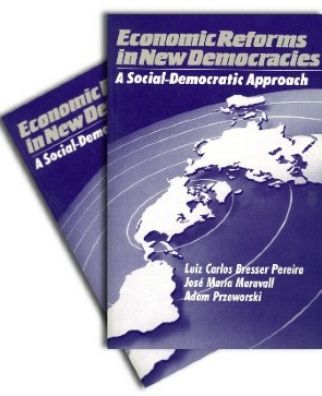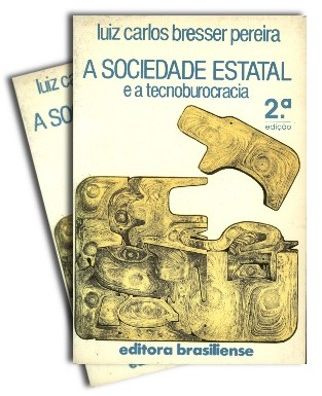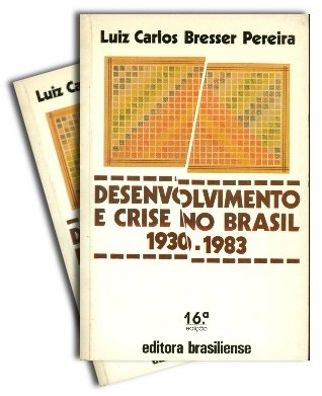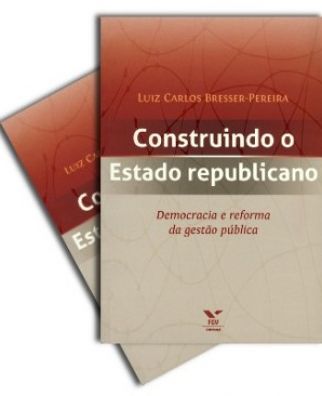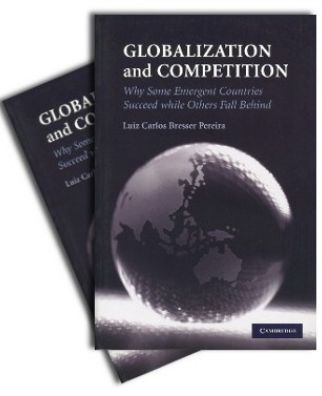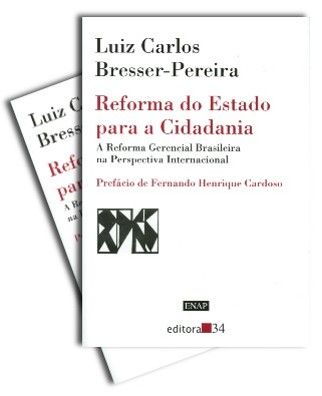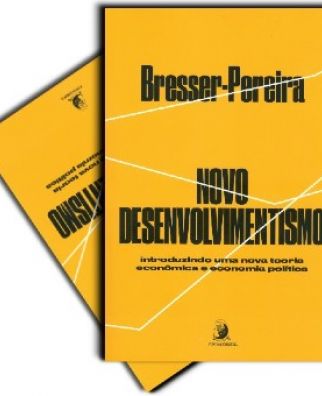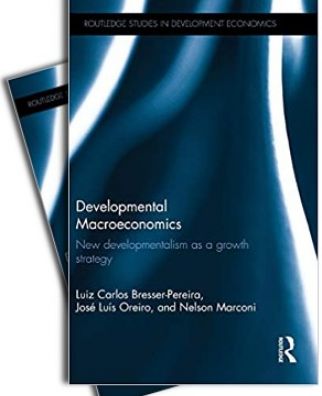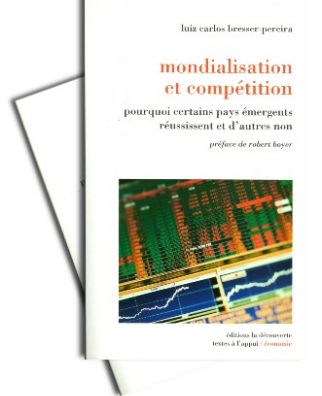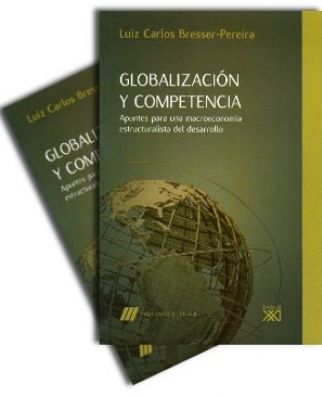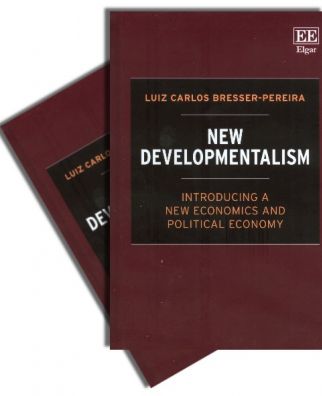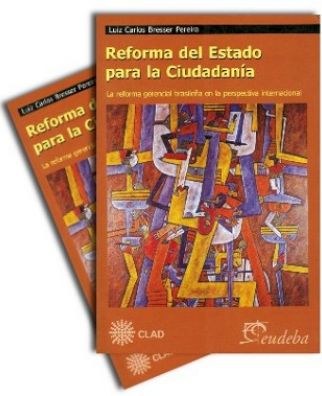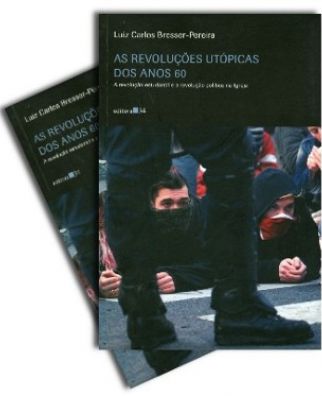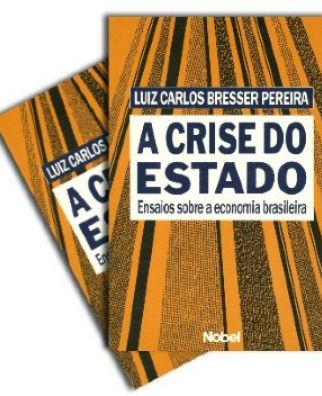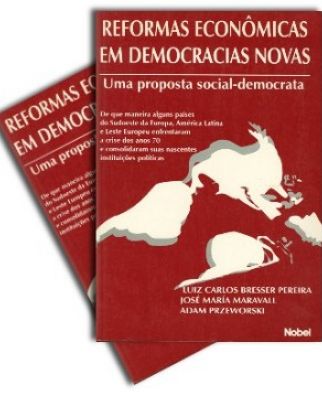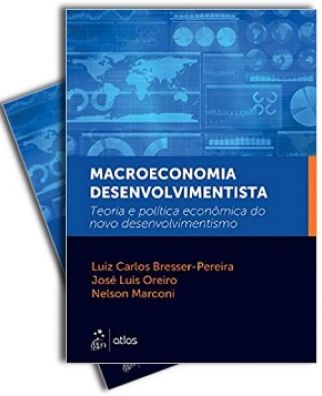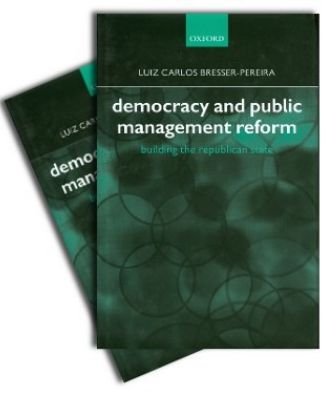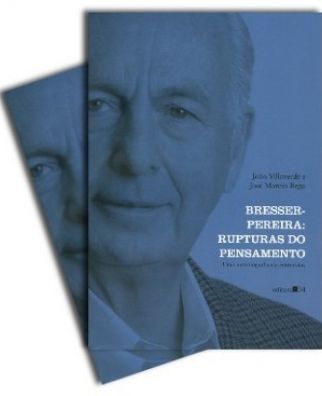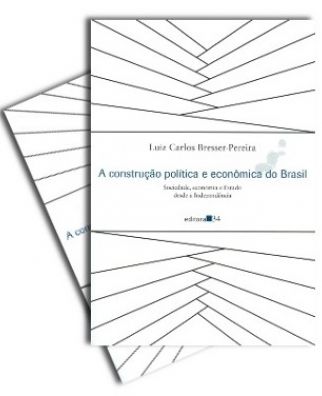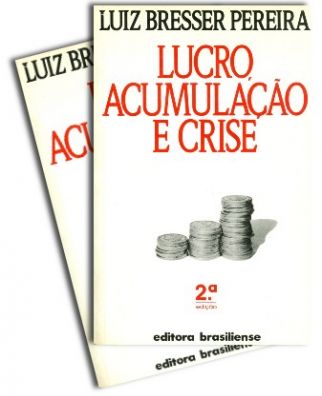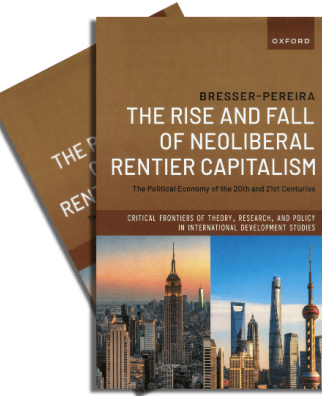2013. Bresser-Pereira estima que o dólar estaria no "lugar certo" a R$3,00 (Entrevista a Roberto Müller, Liliana Lavoratti e Fernanda Bompan).
BRAZILIAN ECONOMY
ECONOMIC POPULISM
2007. IMF and World Bank are dead institutions. The former engaged in the growth cum foreign savings policy the later, with neo-liberal reforms. Both represent the interest of the rich countries. (Article: Folha de S.Paulo)
1992. Stabilization and other market-oriented economic reforms face a double challenge in new democracies: they have to be economically effective and politically feasible. Since 1980 Latin America faced a debt crisis and a crisis of the state. Now, two competing interpretations are present the neo-liberal Washington Consensus and the fiscal crisis of the state approach. The later anticipates the 2003 "new developmentalism". (Paper: Chapter 1 of Economic Reforms in New Democracies).
1993. After the dependency interpretation of Latin America, now two competing interpretations are present: the neoliberal Washington Consensus and what I propose: the fiscal crisis of the state approach. Portuguese and French versions available. This paper is a preliminary version of my chapter in Economic Reforms in New Democracies (1993). The "fiscal crisis approach" anticipates the 2003 "new developmentalism". (Paper: Instituto Norte-Sul Discussion Paper)
1991. Ortodoxy, economic popullsm and developmentalism in Latin America. The articles by Canitrot, O'Donnell, and Diaz-Alejandro are classical texts. PDF version now available. (Edited book)
1991. With Fernando Dall'Acqua. Contrarily to what economic populists say, Keynes only admited budget deficits in special situations, as a temporary depart from fiscal balance.
Portuguese version available.(Paper: Journal of Post Keynesian Economics)
1991. An early critique of the Washington consensus. A systematic analysis of the Latin American crisis as a foreign debt and a fiscal crisis of the state crisis. Portuguese, English, and French versions available. (Paper: Pensamiento Iberamericano)
1991. An early critique of the Washington consensus. A systematic analysis of the Latin American crisis as a foreign debt and a fiscal crisis of the state crisis. Portuguese, English and Spanish versions available. (Paper: Problèmes dAmerique Latine).
1991. An early critique of the Washington consensus. A systematic analysis of the Latin American crisis as a foreign debt crisis and a fiscal crisis of the state. Portuguese, French, and Spanish versions available. (English version not published: just available in this site).
1991. Economic populism, left's protectionism, and the right's monetarist orthodoxy are together major obstacles to consistent and rational economic policies and reforms. Portuguese version with the title "Ideologias econômicas e democracia no Brasil" available. (Paper: Journal of Interamerican Studies and World Affairs)
1991. Collection of articles analysing the rights and wrongs that characterized the first two extraordinary years of the Collor administration. After that, a change of ministry inaugurated the rendition of Brazil to the Washington consensus. (Editora Nobel). Nas livrarias e em pdf.
1990.The neoliberal wave can be understood in the framework of my theory of the cyclical character of state intervention. (Paper: Revista de La CEPAL)
1989. The transition to democracy was an outcome of successful political popular-business pact, but mistaken ideoloiges originated in old nationalism and left populism, and on conservative clientelism, opportunism, social conservatism, monetarism, crude liberalism, and subordinated internationalism represent an obstacle to democratic consolidation and growth in Brazil. Portuguese version available.
(Paper in book edited by Diane Ethier)
1989. The transition to democracy was an outcome of successful political popular-business pact, but mistaken ideologies originated in old left populism, and on conservative clientelism (pork barrel), opportunism, social conservatism, monetarism, crude liberalism, and subordinated internationalism represent an obstacle to democratic consolidation and growth in Brazil. (Paper: Estudos Avançados). English version available.
1975. The basic characteristics of growth model that prevailed during the military regime: the technobureaucratic-capitalist model of industrialized underdevelopment. In macroeconomic terms, on the supply side, it was based on the production of luxury goods; on the demand side, on the concentration of income from the middle-class upwards. Portuguese version available.
1975. The basic characteristics of growth model that prevailed during the military regime: the technobureaucratic-capitalist model of industrialized underdevelopment. In macroeconomic terms it was based on the supply side on the production of luxury goods, on the demand side, on concentration of income from the middle-class upwards. French version available(
1974. The "new development model" begins in Brazil in the late 1960s, and later I called "modelo de subdesenvolvimento industrializado". Contrarily to what Celso Furtado predicted, income concetration benefiting the middle classes was behind the resumption of growth as it made aggregate demand consistent with the production of luxury consumption goods by multinationals. Portuguese and English versions available. This paper elaborates on the 1970 article, "Dividir ou multiplicar: A distribuição da renda e a recuperação da economia brasileira".(Paper: Revista Dados)
(Paper: Desarrollo Economico)
1973. The "new development model" begins in Brazil in the late 1960s, and later I called "modelo de subdesenvolvimento industrializado". Contrarily to what Celso Furtado predicted, income concetration benefiting the middle classes was behind the resumption of growth as it made aggregate demand consistent with the production of luxury consumption goods by multinationals. Spanish and English versions available. This paper elaborates on the 1970 article, "Dividir ou multiplicar: A distribuição da renda e a recuperação da economia brasileira". (Paper: Revista Dados)
1970. It corresponds to "Dividir ou multiplicar?" (1970). It claims that the Brazilian "economic miracle" (1968-1973) signaled a new, export oriented, model of development that made consistent aggregate demand and supply of luxury goods by concentrating income from the middle class upwards. (Chapter 7 of Development and Crisis in Brazil: 1930-1983)

